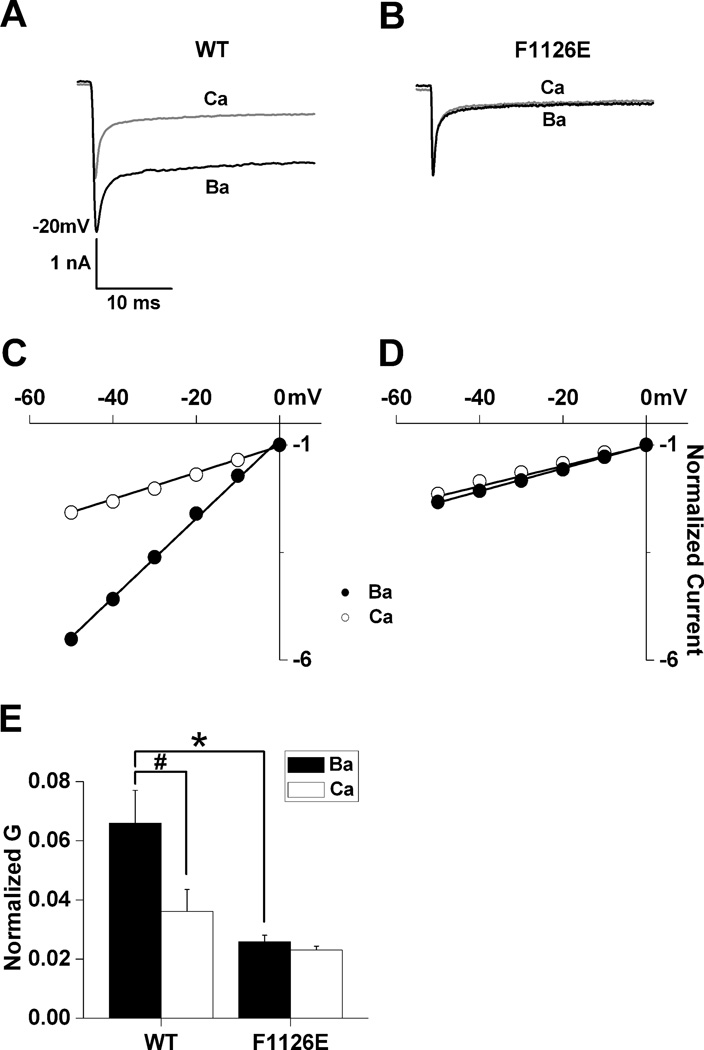Fig. 3. F1126E conducts Ba2+ ions as if they were Ca2+.
Whole-cell conductance is a product of the single channel current amplitude, the open probability (Po) and the number of active channels. Peak tail-currents were measured from −80 to +20 mV following 50 msec depolarizing steps to +50 mV which were used to maximally activate wild-type (A) and F1126E (B) in 10 mM Ba2+ and Ca2+ from the same cell, thus minimizing differences in Po that could arise from shifts in the voltage-dependence of activation. Linear portions of the current-voltage relationships (−50 to 0 mV) were normalized to amplitudes measured at 0 mV for wild-type (C) and F1126E (D). Normalized data were fit with the equation Itail = G × (V − Erev), where Itail is the peak tail current, Erev the reversal potential and G the maximal slope conductance. (E) Normalized slope conductances are plotted for wild-type (n = 8) and F1126E (n = 5).

